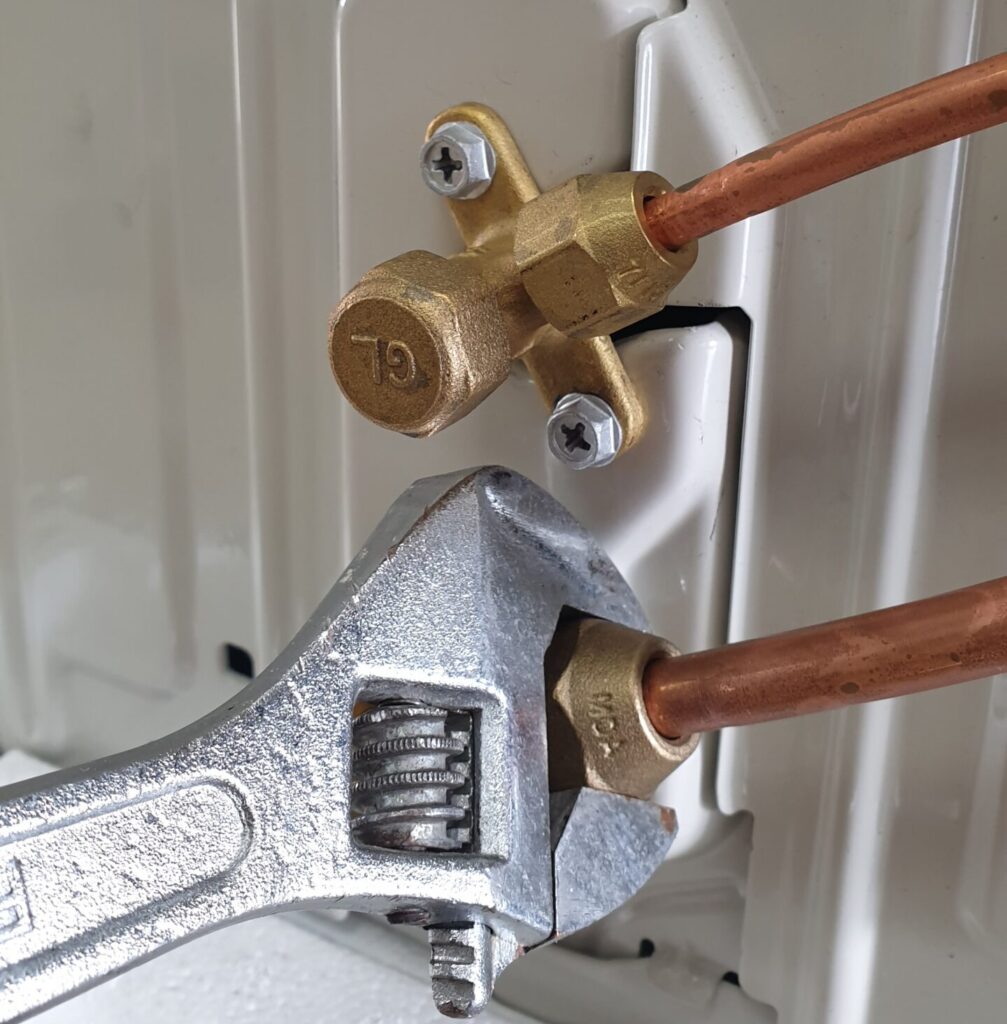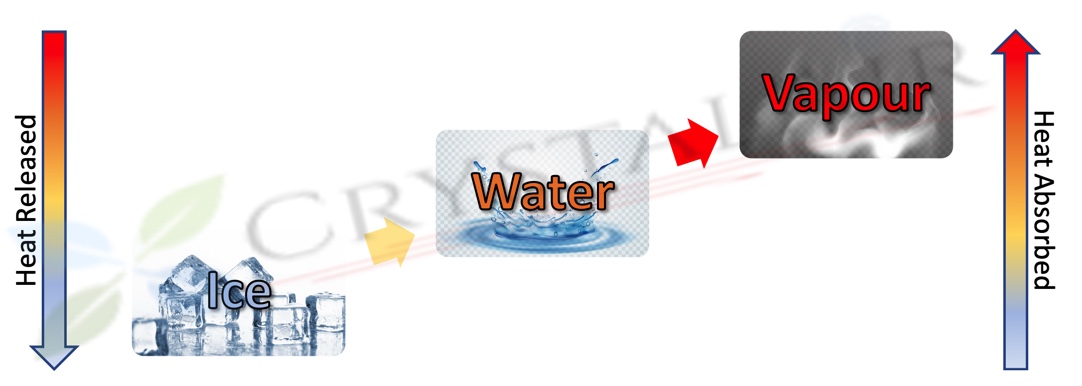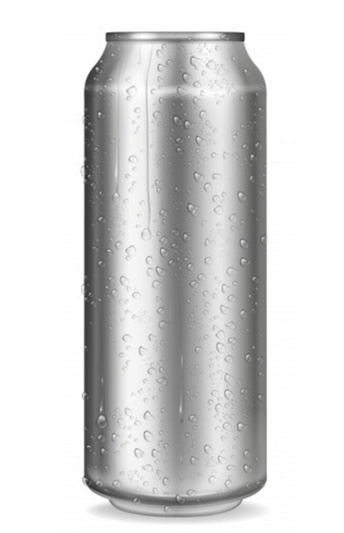What is Industrial Air Conditioner in Malaysia?
In Malaysia’s year-round heat, Air Conditioners are essential for comfort in all types of buildings, from industrial to residential.

Question 1: Why is it called Aircond instead of Air Cooler?
You’re familiar with aircond, but the real Air Conditioner remains a mystery. In Malaysia, almost every building, town, or kampung has at least one air conditioner, known locally as air cond (aircond). Let’s explore why it’s called aircond and not air cooler.
Despite common belief, an air conditioner doesn’t just cool; it conditions the air, allowing it to both cool and heat. So, the name reflects its dual function. Surprisingly, aircond can also produce hot air.

However, the absence of a heating option in Malaysian air conditioners is due to the country’s climate not requiring it. Some models, like certain CBU cars, have a dual-effect refrigeration cycle, producing both cool (indoor) and hot (outdoor) air simultaneously.
Question 2: Does using an air conditioner harm the environment and ozone layer?

However, ozone layer damage occurs when refrigerant escapes the closed system, often due to improper installation, dismantling, or wear and tear on the air conditioner. One common cause is the over-tightening of flare nuts, a mechanical connection method for copper piping that eliminates the need for brazing. While convenient, this joint demands strict adherence to procedures; any slight error can lead to refrigerant leakage.
Despite the stringent requirements for handling flare nuts, many local technicians often overlook or skip a crucial step: tightening torque. Each air conditioner specifies a precise torque amount for nut tightening, necessitating the use of a calibrated Torque Wrench. Failure to apply the correct torque, be it too much or too little, can result in refrigerant leakage.

Question 3: Inverter vs. Non-Inverter – Which is better?
The answer depends on your usage. Analogous to hybrid cars, Inverter Airconds are energy-efficient but come with a higher upfront cost and increased maintenance expenses. To decide, consider factors like daily usage (more than 8 hours) or budget flexibility.
The Ultimate Question: Relationship between Humidity and Temperature
Did you think wet = cool and dry = hot? Malaysia, despite its hot weather, maintains high humidity year-round. Ever wondered why your air conditioner produces water? Prolonged use in air-conditioned rooms can leave your lips and skin dry.
Understanding humidity, temperature, heat, and water phases is key: Humidity is water vapor in the atmosphere, temperature reflects heat intensity, and water transitions between solid, liquid, and gas states based on surrounding temperatures. This transformation involves the release or absorption of heat energy.

Observing the diagram, the Vapour State of water holds the highest heat compared to the other two states, explaining why environments with high humidity (an abundance of water vapour) feel warmer. For a deeper understanding, you can explore “Enthalpy” through a Google search.
Now, addressing a common question: “Why do we feel cold when we spray water on our body?” While true, it’s vital to distinguish between water in a liquid state and water vapour. When we spray water, it’s in small liquid droplets. These droplets absorb heat, evaporating into vapour when in contact with a hotter surface, reducing the surface temperature. The sensation of coolness comes from the water droplets on our skin evaporating and absorbing heat from our bodies.
Moving on, why are air-conditioned rooms dry, and why does the air conditioner drain water? Simply put, the water drained from the air conditioner’s indoor unit is extracted from the vapour in the room’s air. It may be a bit challenging to envision, but it’s essentially removing moisture from the air in your room.

Consider a cold drink can: when taken from the fridge to the table, it quickly becomes covered in water droplets. These droplets aren’t from the can but the surrounding air. Exposed to the air, the can absorbs heat from the air vapour, causing the vapour to lose heat and turn into water droplets through condensation.
This same process occurs in an air conditioner’s indoor unit. The refrigerant in the cooling coil has a very low temperature, causing it to condense the vapour from the air passing through. This forms a significant amount of water droplets on the surface, collected in the tray below and eventually drained out through a water pipe.

This explains why the cool air in air-conditioned rooms is consistently dry, as the air conditioner removes most of the vapour from the air, draining it in the form of water.
If you have any further questions, feel free to email us at sales@crystalproof.com. Our experts will respond promptly!


